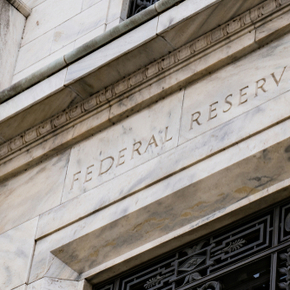The current Chair has a knack for making more market-friendly comments than his predecessors or many of his global peers, a trait that can be attributed to his 'Goldilocks' mentality, which is focused on what can go right.
Monthly Archives: December 2023
As we approach the end of a very turbulent 2023, we are cautiously optimistic, with developed market central banks having come to the end of the tightening cycle and signaling relief on rates is not too far off.
The rally continued the following day as beneficiaries of lower rates, such as smaller capitalization stocks and real estate, rallied.
In December 2023, Global X Research surveyed 1,002 individuals in the United States regarding their sentiments toward clean technology.
The market's resilience in 2023 was a testament to the economy's ability to weather the impacts from higher interest rates better than expected. Despite softening economic data and shrinking inflation, investors are optimistic about the future, but they may be underestimating the risks to the economy.
The tricky part comes now-the pivot for rate cuts. Interestingly, it doesn't seem as if the Fed is on the same page as the money and bond markets on the timing and magnitude for potential rate cuts.
The relationship between the bond and stock markets, which pushed stocks higher in November, disappeared last week, with stocks falling in the first three days of the week despite declining yields.
China's strategy, Fed inflation targeting, emerging market contagion, end of new stimulus, and the Ukraine conflict were all on our radar last year, and some of them weighed on markets at times in 2023.
The recent plummet in UST yields has sent shockwaves through the financial markets, with investors seeking clarification on what this shift means for the economy and monetary policy.
The stock market digested November's robust gains for much of last week but rallied strongly amid falling bond yields on the last trading day.
As the global cybersecurity landscape evolves rapidly, driven by geopolitical conflicts and technological advancements, the trajectory indicates a robust future for cybersecurity, marked by technological breakthroughs and strategic collaborations.
I've been wrestling with what appears to be an obvious conundrum regarding the stock market's mentality. Equity investors say they are hopeful for a soft landing for the economy yet seem to relish signals of more overt weakness.










